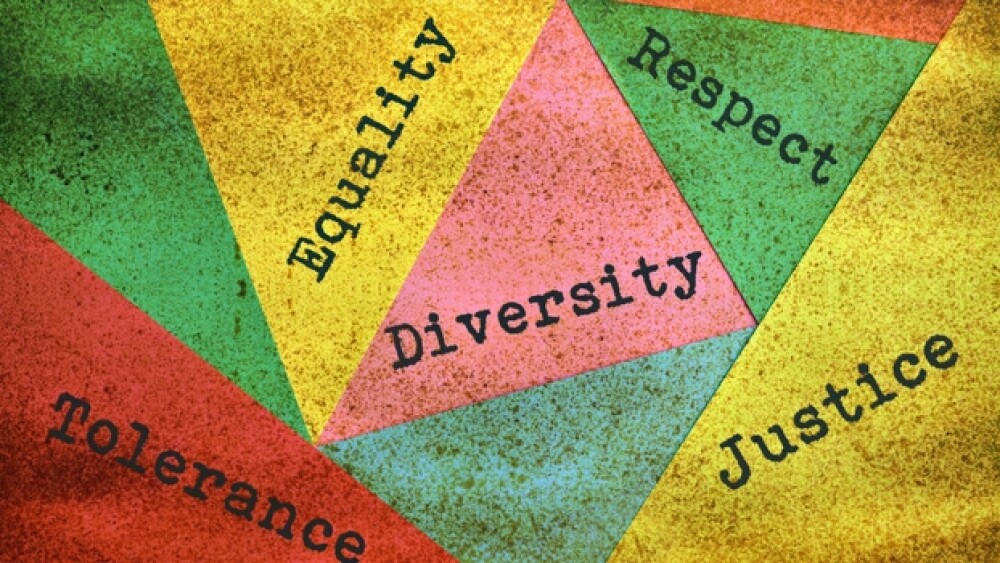Your organization needs to figure out how to come up with ideas for cultivating diversity and inclusion in the workplace.
Does implementing diversity and inclusion initiatives in the workforce help companies outperform their rivals? According to Associate Principal at SYPartners, Sabrina Clark, the answer is a resounding yes.
In a recent interview, Clark stated that “Research shows that even just the presence of physical diversity results in better performance and for companies that are data-driven, that extra performance boost can be extremely motivating. It’s also the fact that companies that lack diversity are being called out publicly, and may even be losing business, not to mention falling behind when it comes to recruiting. Even Google is starting to show signs that their lack of diversity is affecting them.”
It is not just human resources experts that promote diversity and inclusion initiatives in the workplace. A 2018 McKinsey research study demonstrated companies that implement diversity and inclusion initiatives are more likely to create more value for the brand, which leads to higher revenue and profits. The study also explored the results of diversity and inclusion programs at the executive level. Companies that landed at the top 25% for running diversity and inclusion initiatives are 33% more likely to generate above average profits than the companies that ranked at the bottom 25% for running diversity and inclusion initiatives.
The question of the day is no longer if diversity and inclusion initiatives enhance the performance of both profit and non-profit organizations. What your organization needs to figure out is how to come up with ideas for cultivating diversity and inclusion in the workplace.
It Starts with Leadership
When you think about diversity and inclusion, you probably think running a successful program should start in the human resources department. However, Clark insists it has to start in the offices of upper management. “You have to make sure leaders are equipped to make the story their own, feel it within themselves and be able to explain why they care, why it matters and why it should matter to their direct reports,” Clark said.
The key for upper management is to recollect a time when they felt excluded from the planning and managing of projects. For Clark, it all boils down to having the empathy to understand what it is like to be left out of the decision making loop. “Leaders have to feel it within themselves; then they can identify the relationship with feeling excluded or making others feel excluded. That’s a critical starting point,” Clark says.
Create a Culture that Encourages Different Perspectives
Do you think compensation is the number one reason why employees leave organizations? Clark insists it is another reason. Most employees leave their jobs because they believe their input is not valued. To foster a company culture that welcomes a wide variety of perspectives, you have to make everyone feel included in the decision making process.
This means not playing favorites, practicing common courtesy and emphasizing the importance of everyone contributing to daily business operations.
Put it in Print
If you want to walk the walk in regards to promoting diversity and inclusion, you have to do much more than talk the talk. It is not only important for the human resources department to present a clear message about promoting diversity and inclusion. It is also the job of every department manager to promote diversity and inclusion initiatives by creating a written set of guidelines. Yes, the employee handbook should have a detailed section about promoting a diverse and inclusive workforce, but so should department directives that keep the diverse and inclusive initiatives in the minds of every employee on a daily basis.
More than a Workplace Issue
Making your organization more diverse and inclusive is a worthy goal. Nonetheless, focusing diversity and inclusion initiatives just for the workplace is not enough. Most of us value the time we spend outside of work, especially when we spend our time with our professional peers. Whether you want to join a company softball league or enjoy a working weekend at an optional company camping trip, make sure to commit the same energy to diversity and inclusion as you commit to workplace initiatives.
Shine the Spotlight on Different Cultural Events
The winter holiday season offers a prime example of why a promoting a diverse and inclusive work culture is important to the overall performance of an organization. As the Society of Human Resource Management (SHRM) pointed out in a recent study, a growing number of companies offer what is called floating holidays to ensure every religious practice is acknowledged during the winter holiday season. Employees that honor religious holidays other than Christmas are encouraged to request days off to accommodate their religious preferences.
Finally, Clark says companies must do much more than simply implement hiring diversity programs. The key is to create a diverse and inclusive workplace culture. “What you must understand is that this emphasis changes everything,” Clark stated. “From sourcing and recruiting to hiring, onboarding, to the daily aspects of work, team-building, culture, from successes and failures, performance reviews, succession planning, mentoring — everything.”
In other words, successful companies practice what they preach during the hiring process by making diversity and inclusion a priority on a daily basis in the workplace.





